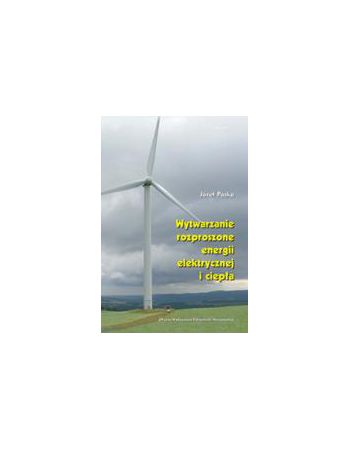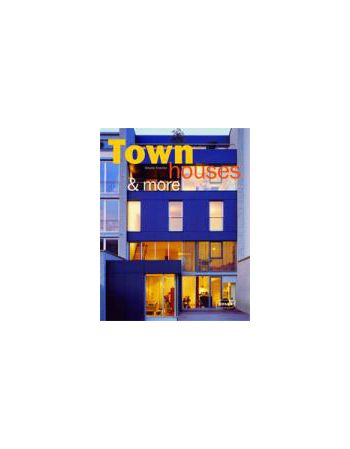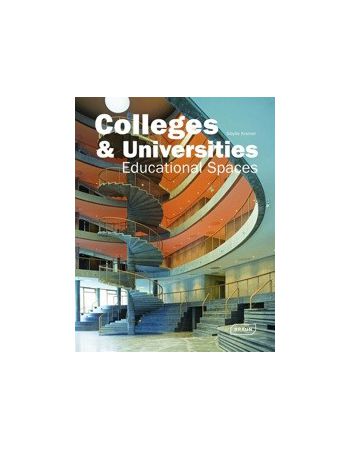WYTWARZANIE ROZPROSZONEJ...
36,65 zł
Cena
Niniejsza publikacja dotyczy zagadnień szeroko pojętego wytwarzania rozproszonego energii elektrycznej i ciepła. Opisano przyczyny rozwoju wytwarzania rozproszonego, podstawowe definicje i klasyfikację oraz aktualny i prognozowany stan energetyki rozproszonej. Przedstawiono technologie stosowane w źródłach rozproszonych: wykorzystanie silników tłokowych, turbin i mikroturbin gazowych oraz silników Stirlinga; małe elektrownie wodne; elektrownie wiatrowe; elektrownie słoneczne (heliotermiczne i fotowoltaiczne); wykorzystanie biomasy i energii geotermicznej oraz ogniwa paliwowe.
Publikacja może być stosowana na wielu polskich uczelniach technicznych (Politechnika Warszawska, Politechnika Wrocławska, Politechnika Śląska, Politechnika Poznańska, AGH i inne).



